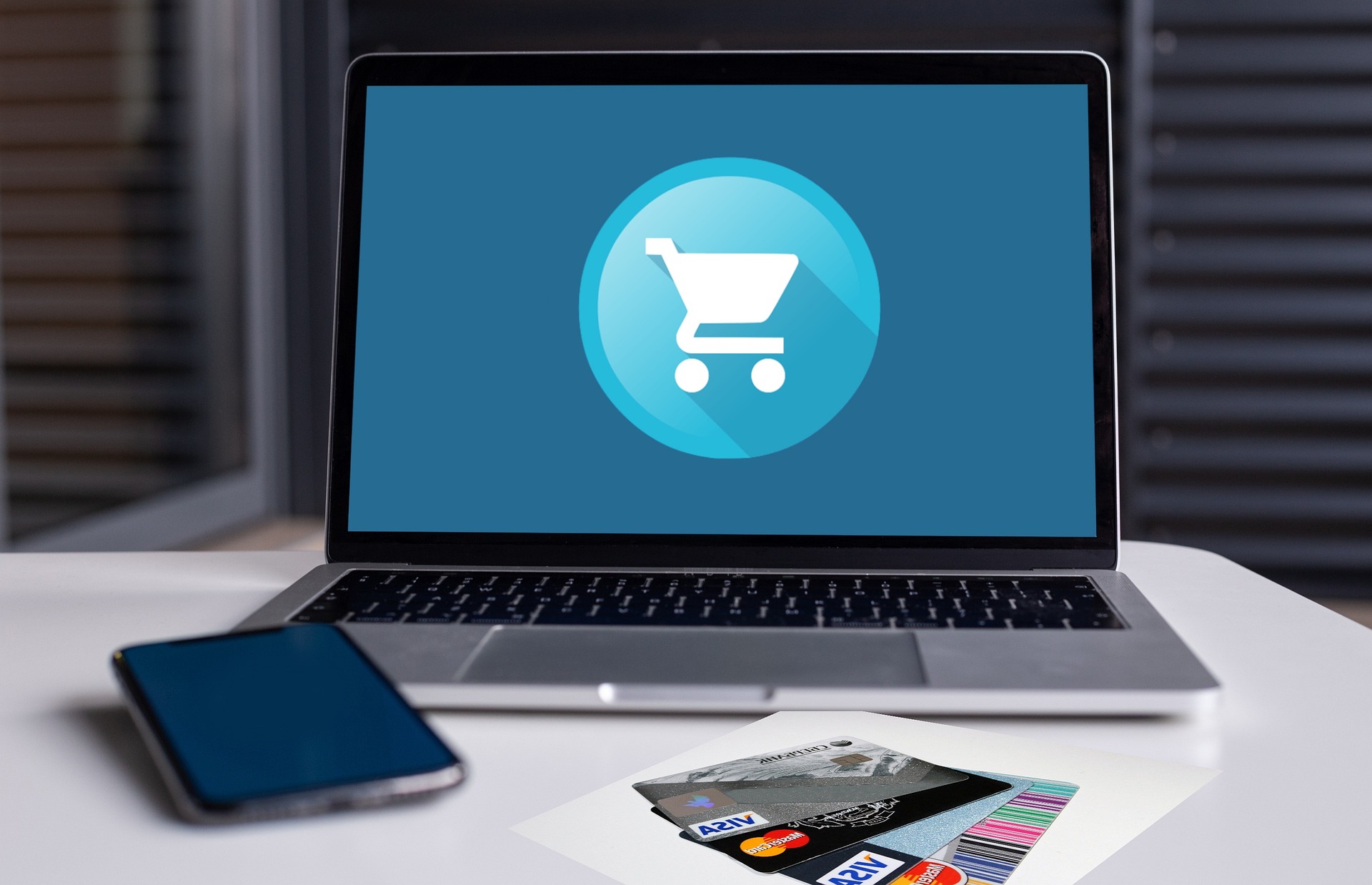Online Shopping: How E-commerce and Smartphones Shape Retail
Online shopping has become a routine part of daily life for many people worldwide, blending convenience with a vast range of choices. Whether buying essentials or specialty items, shoppers compare products, read reviews, and complete transactions without visiting a physical store. E-commerce platforms, payment systems, and the rise of the smartphone have driven this shift, while retailers continue to adapt inventory, logistics, and customer service to meet growing expectations.

What is online shopping and how does it work?
Online shopping refers to purchasing goods or services over the internet through websites or apps. Shoppers browse product listings, compare features and prices, add items to a virtual cart, and complete payment using methods like credit cards, digital wallets, or bank transfers. Behind the scenes, e-commerce systems manage inventory, process orders, and coordinate shipping or digital delivery. For many consumers, the appeal lies in searchable catalogs, user reviews, and the ability to shop at any hour, with options for delivery or pickup from local services.
How does e-commerce affect the traditional retail model?
E-commerce changes how retailers manage stock, customer relationships, and storefront strategy. Many retailers now operate hybrid models that combine online catalogs with physical outlets for returns, experiences, or quick pickup. Data from online transactions helps businesses optimize inventory, personalize offers, and predict demand more efficiently than traditional methods. At the same time, logistics and fulfillment become central concerns: faster delivery windows increase customer satisfaction but require investment in warehousing and last-mile solutions. This shift influences hiring, partnerships, and investment priorities across the retail sector.
What should shoppers know about smartphone shopping?
Smartphones have become a primary device for browsing and buying, making mobile-friendly design and app performance critical for e-commerce sites. Mobile shoppers often rely on quick product discovery, saved payment credentials, and push notifications for deals or order updates. Features such as one-click checkout, biometric authentication, and mobile wallets streamline transactions but also demand secure implementation. When using a smartphone, shoppers should keep their operating system and apps updated, avoid public Wi-Fi for payments, and prefer reputable apps or stores to reduce the risk of fraud.
How can consumers judge product quality and trustworthiness?
Evaluating product quality online depends on clear descriptions, photos, and trusted reviews. Look for high-resolution images, detailed specifications, and seller information, including return policies and warranties. Verified customer reviews and third-party ratings can highlight consistent issues or praise, but be mindful of manipulation and read a variety of reviews. For higher-value purchases, confirm seller credibility by checking business registration, independent reviews, and available customer support channels. When buying from smaller platforms or local services in your area, ask about pickup, inspection options, or trial periods to reduce uncertainty.
What are the main privacy and security considerations when shopping online?
Protecting personal and payment information is essential when engaging in online retail. Use strong, unique passwords and enable two-factor authentication where available. Prefer websites that use HTTPS and reputable payment processors; consider using virtual cards or payment services that limit the exposure of primary card details. Regularly review bank and card statements for unfamiliar charges and be cautious with emails or messages offering deals that require immediate action, as these can be phishing attempts. Retailers also collect data to personalize experiences, so review privacy settings and opt out of data sharing where possible if you have concerns.
Conclusion
Online shopping continues to transform how people access goods and services, driven by e-commerce platforms, improved logistics, and widespread smartphone use. Consumers benefit from convenience, wider selection, and tools for comparison, while retailers adapt through hybrid strategies and data-driven operations. Being informed about device security, seller credibility, and payment options helps shoppers make safer, more satisfying purchases as the online retail landscape evolves.






